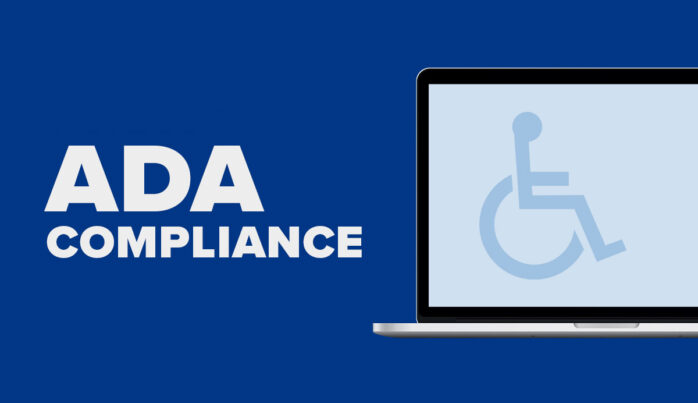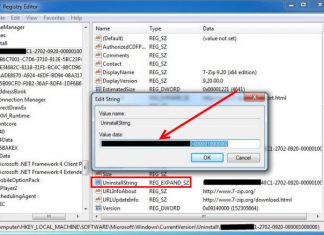As technology advances, the need to ensure access for everyone becomes ever more critical. Yet, what is digital accessibility? This blog post will try and delve into the importance of digital accessibility and why it should be a top priority for businesses, organizations, and educational institutions. Digital accessibility is often overlooked as an area that does not need attention, but this couldn’t be further from the truth—it directly affects millions of people around the world. From webpages on company websites to classrooms in universities, ensuring all users can navigate with ease no matter their abilities or methods of access means taking extra steps when developing your site or institution. Find out why you, too, should prioritize digital accessibility when creating content for consumption by exploring its benefits in this blog post.
What is digital accessibility?

Digital accessibility is a critical step toward creating a world where everyone has equal and fair access to information. In essence, it refers to designing and developing digital content so that it is usable by as many people as possible, including those with disabilities. By making digital content more accessible, you can ensure everyone has the same opportunities to participate in an increasingly digital world. Accessibility matters not only because it promotes inclusivity but also because it is required by law in many countries. Failure to comply with accessibility guidelines can lead to legal action and damage a company’s reputation and customer base. In short, digital accessibility is not just a nice-to-have – it is an essential aspect of creating a fair and equal society. Sites like top5accessibility.com help businesses, organizations, and educational institutions become compliant with digital accessibility guidelines.
The importance of making digital content accessible to people with disabilities
Digital content has become a staple for many of us in daily life. It has revolutionized the way people tend to interact, communicate, and access information. However, it is vital to consider that digital content should be accessible to everyone, including people with disabilities. Accessibility means providing an equal opportunity for everyone to access and benefit from all forms of digital content. Making digital content accessible ensures that nobody is left out due to physical or cognitive limitations. It means considering various factors, such as visual and auditory impairments, mobility issues, and cognitive disabilities. Providing accessible digital content is the right thing to do and helps foster a more inclusive and diverse society.
How to ensure your website is ADA compliant

In today’s digital age, ensuring that your website is ADA-compliant has become more and more critical. If you’re not already familiar with the Americans with Disabilities Act (ADA), it’s a federal law that prohibits discrimination against individuals based on disabilities. While the original law was signed into effect in 1990, it wasn’t until 2010 that the DOJ released technical standards for website accessibility. To ensure your website is compliant, it’s essential to understand the guidelines, run regular tests, and implement the necessary changes. By making your website accessible to all individuals, you ensure compliance with the law and create a more inclusive and welcoming online presence.
Creating content that is inclusive and accessible for all users
It is now more important than ever to ensure your content is inclusive and accessible for all users. This means taking into consideration a wide range of factors, including user abilities, cultural backgrounds, and technological limitations. By making conscious choices about language, imagery, and design, you can create a more welcoming and inclusive online environment that will resonate with diverse readers. Whether writing a blog post, designing a website, or crafting a social media message, remember that every word counts when building an inclusive digital presence. With a little effort and attention, you can create content that speaks to everyone and helps break down barriers online.



















